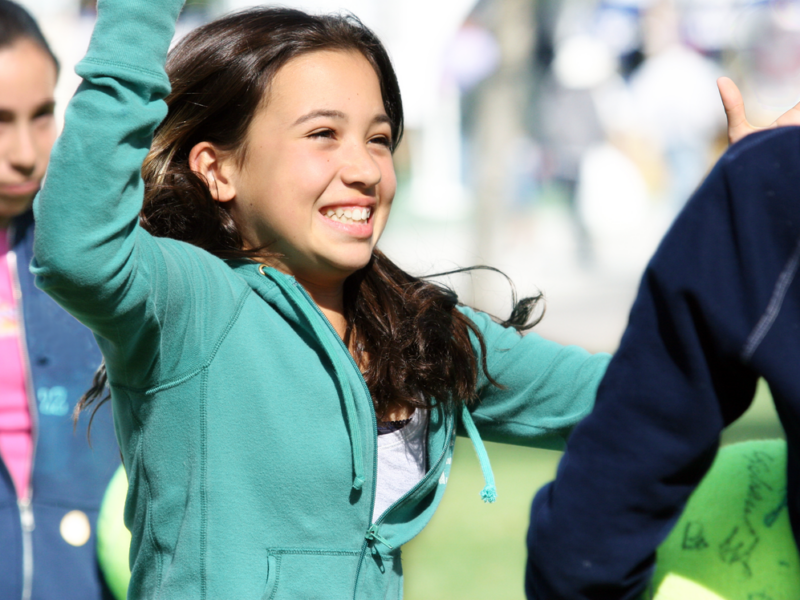Subclinical Muscle Involvement May be Missed With Amyopathic Juvenile Dermatomyositis Diagnosis
Subclinical Muscle Involvement May be Missed With Amyopathic Juvenile Dermatomyositis Diagnosis https://pediatricsnationwide.org/wp-content/themes/corpus/images/empty/thumbnail.jpg 150 150 Abbie Miller Abbie Miller https://pediatricsnationwide.org/wp-content/uploads/2023/05/051023BT016-Abbie-Crop.jpgStudy shows that some children diagnosed with amyopathic dermatomyositis have subclinical muscle involvement, highlighting the need for standardized workup and treatment protocols.
Juvenile dermatomyositis (JDM) is an autoimmune disease that classically presents in preschool to school aged children with a rash and muscle weakness. In some cases, children may present with the rash, but no muscle weakness. These cases are called amyopathic JDM.
A recent study published in Pediatric Dermatology finds that when a full workup is done, many cases presumed to be amyopathis dermatomyositis have subclinical muscle involvement. The physician-researchers find that in amyopathic JDM, most patients are developing or will develop muscle disease.
“If a dermatologist or primary care provider sees the rash and there is muscle weakness, a high suspicion for JDM exists,” says Edward Oberle, MD, rheumatologist at Nationwide Children’s Hospital and lead author on the paper. “However, if there is a rash in the presence of other JDM symptoms, such as fever, malaise, fatigue or calcium deposits under the skin, but no muscle weakness, there should still be a high suspicion and a full workup.”
According to Dr. Oberle, who was a fellow at Medical College of Wisconsin when the study was performed, the initial workup should include a detailed strength exam by a trained professional. “Many dermatologists and some pediatricians are not necessarily trained or comfortable doing these, in which case a referral to an appropriate professional is warranted,” he explains.
Bloodwork, including five labs to measure muscle inflammation, is also an important part of the workup. The labs measure the following enzyme levels: creatine kinase (CK), adolase (Ald), lactate dehydrogenase (LDH), aspartate aminotransferase (AST) and alanine aminotransferase (ALT).
“Many physicians will order one or two of these tests, but this may miss patients with subclinical presentation,” says Dr. Oberle. “For example, CK is often checked, but it may be normal in the early stages of muscle disease. One of the other enzymes may be off, and if it is, even slightly, the patient should be treated by a rheumatologist.”
MRI is another piece of the workup that is typically not ordered until the patient is referred to rheumatology. However, the study showed that MRI was a good indicator of muscle involvement, especially in younger children.
“The strength test requires direction following and cooperation by the child, so particularly young children, such as preschoolers and toddlers, may not be accurately assessed,” Dr. Oberle explains.
Historically, a muscle biopsy has been included in the workup, but Dr. Oberle and colleagues find that with the MRI, a biopsy is not needed in most cases.
There is no standard approach to treatment for amyopathic JDM. Currently, Dr. Oberle and his colleagues at Nationwide Children’s are part of Childhood Arthritis and Rheumatology Research Alliance, a group working across institutional boundaries to develop treatment guidelines for skin predominant dermatomyositis. This group has previously published guidelines for the classic presentation of JDM.
Reference:
Oberle EJ, Bayer ML, Chiu YE, Co DO. How often are pediatric patients with clinically amyopathic dermatomyositis truly amyopathic? Pediatric Dermatology. 2017 Jan;34(1):50-57.
About the author
Abbie (Roth) Miller, MWC, is a passionate communicator of science. As the manager, medical and science content, at Nationwide Children’s Hospital, she shares stories about innovative research and discovery with audiences ranging from parents to preeminent researchers and leaders. Before coming to Nationwide Children’s, Abbie used her communication skills to engage audiences with a wide variety of science topics. She is a Medical Writer Certified®, credentialed by the American Medical Writers Association.
- Abbie Millerhttps://pediatricsnationwide.org/author/abbie-miller/
- Abbie Millerhttps://pediatricsnationwide.org/author/abbie-miller/
- Abbie Millerhttps://pediatricsnationwide.org/author/abbie-miller/
- Abbie Millerhttps://pediatricsnationwide.org/author/abbie-miller/
- Posted In:
- In Brief







